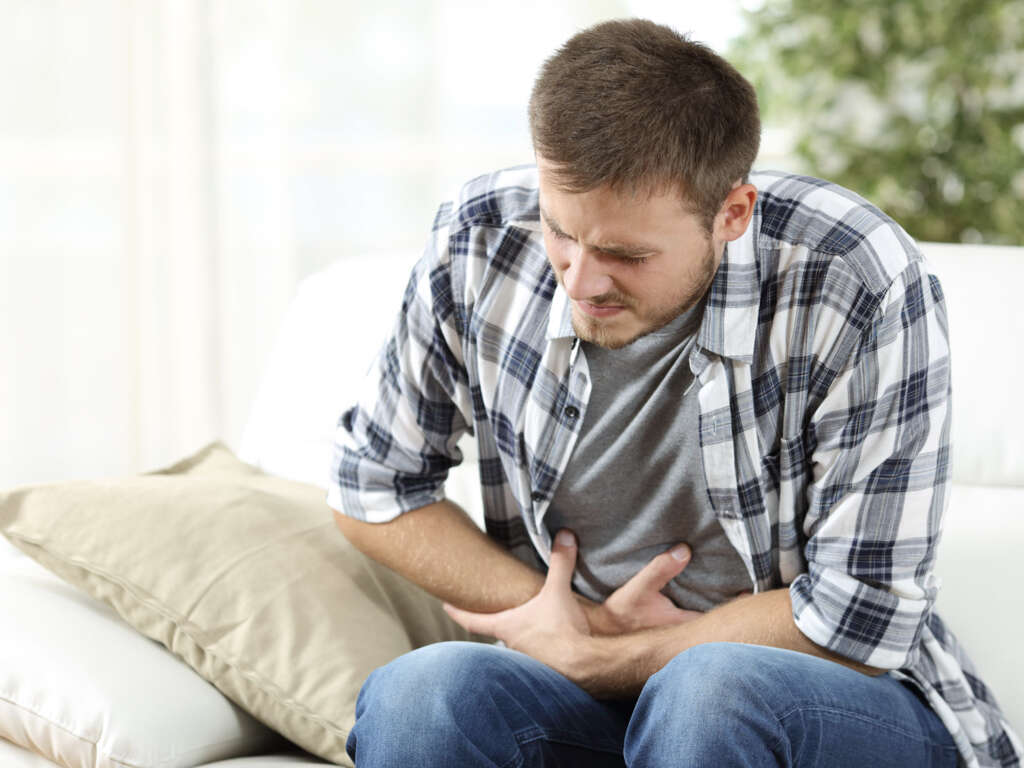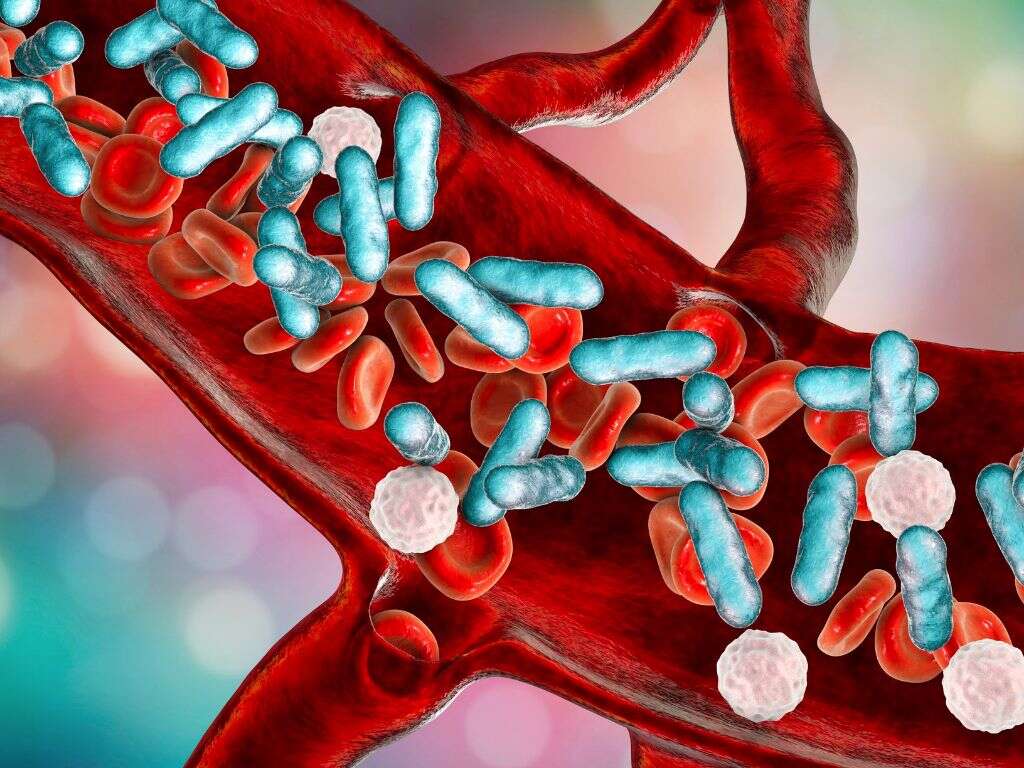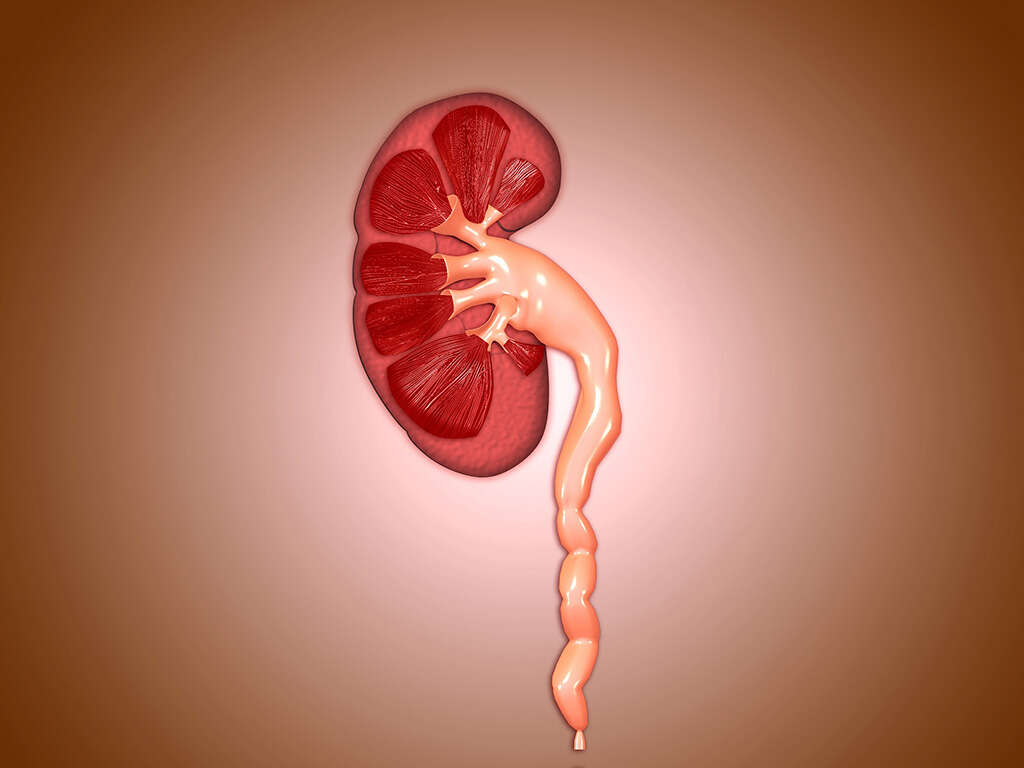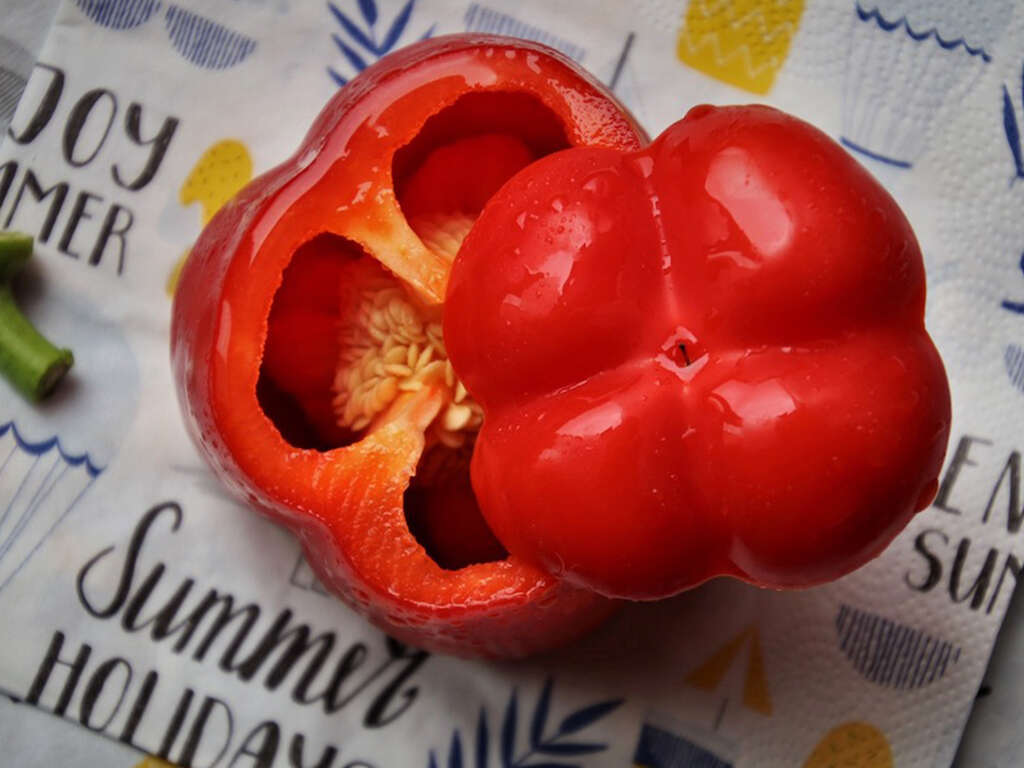10 Hydronephrosis Symptoms
 Article Sources
Article Sources
- 1. 'Hydronephrosis of One Kidney.' MedlinePlus, U.S. National Library of Medicine, medlineplus.gov/ency/article/000506.htm
- 2. 'Flank Pain.' MedlinePlus, U.S. National Library of Medicine, medlineplus.gov/ency/article/003113.htm
- 3. Dysuria By Geetha Maddukuri, et al. 'Dysuria - Genitourinary Disorders.' Merck Manuals Professional Edition, www.merckmanuals.com/professional/genitourinary-disorders/symptoms-of-genitourinary-disorders/dysuria
- 4. 'Symptoms & Causes.' National Institute of Diabetes and Digestive and Kidney Diseases, www.niddk.nih.gov/health-information/urologic-diseases/bladder-infection-uti-in-adults/symptoms-causes
Hydronephrosis is a term used to describe kidney swelling caused by urine backup, and it can occur in one or both kidneys. It happens when their is a blockage in the ureters, the tubes that connects the bladder to the kidneys. The first and most noticeable symptom of hydronephrosis is pain.
Several conditions may lead to hydronephrosis symptoms, including kidney stones, birth injuries to the urinary system and tumors.However, some patients may not experience any symptoms until complications arise, such as kidney damage or failure in those who have only one kidney or preexisting impairments.1‘Hydronephrosis of One Kidney.’ MedlinePlus, U.S. National Library of Medicine, medlineplus.gov/ency/article/000506.htm
Intense Pain
The primary hydronephrosis symptom is pain. The discomfort may start quickly, and it can be constant and severe. Some individuals experience pain between the upper abdominal area and back, also known as flank pain. Men may also experience discomfort in the groin.
If the pain is accompanied by other symptoms, including blood in the urine, a high fever, nausea and vomiting, individuals should contact a medical professional. An abdominal CT scan and blood tests to check kidney function might be necessary to determine the cause of the pain and other symptoms.2‘Flank Pain.’ MedlinePlus, U.S. National Library of Medicine, medlineplus.gov/ency/article/003113.htm

Nausea and Vomiting
Another symptom of kidney swelling that individuals might notice is nausea and vomiting. These symptoms may result from pain, inflammation and pressure in the abdominal area from the swollen kidney.
Patients may reduce nausea with home remedies, such as eating a bland diet and avoiding drinks that might induce more stomach discomfort. Sticking to broth and water can also help reduce vomiting. Individuals who are vomiting should increase hydration to prevent dehydration, which may worsen symptoms.

Dysuria
Dysuria is another term for painful urination, such as a burning sensation. It can also indicate difficult urination, including problems starting and stopping urination, along with pain.
Dysuria is also associated with urinary tract infections, which might be another hydronephrosis symptom. It's essential to seek medical care if painful urination doesn't resolve. However, dysuria isn't always caused by kidney swelling. A physician may need to run additional tests to make a complete diagnosis.3Dysuria By Geetha Maddukuri, et al. ‘Dysuria - Genitourinary Disorders.’ Merck Manuals Professional Edition, www.merckmanuals.com/professional/genitourinary-disorders/symptoms-of-genitourinary-disorders/dysuria

Frequent Urination
Swelling of one or both kidneys involves a few urinary symptoms. In addition to dysuria, patients might experience frequent trips to the bathroom to urinate.
When a person is also experiencing pain, burning and trouble starting and stopping urination, an increase in the frequency may be difficult to handle. After a complete set of tests to determine the cause of frequent urination, a physician might prescribe medication to reduce urination or provide pain control options.
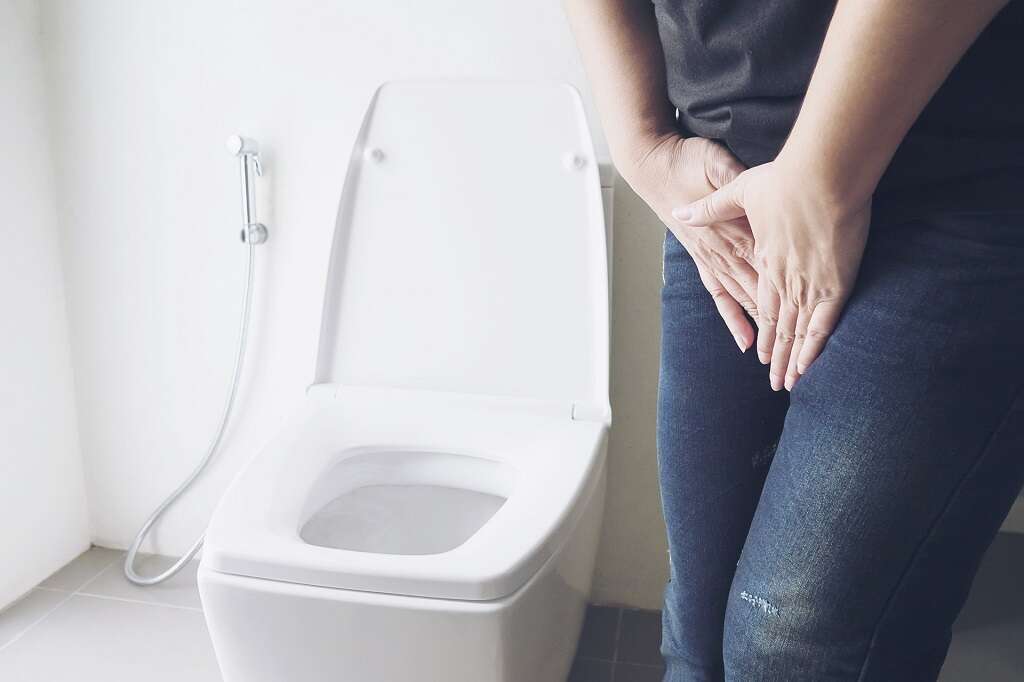
Blood in urine
Red or brown streaks in the urine can be an indication of blood. Although it might sound like a severe condition, blood in urine may be minor, and it might not be enough to cause significant blood loss.
However, it does reveal a medical condition that needs attention. Individuals with bloody urine, nausea, vomiting, pain and increased urination frequency should contact their doctor. Additional screenings might be necessary to determine the cause.

Abdominal Mass
Patients with hydronephrosis may notice an abdominal mass. This occurs most frequently in children. In these cases, the swelling is noticeable, and the mass may not have any other signs.
Although a mass might be easier for a physician to diagnose, patients shouldn't delay care. A child or adult experiencing severe abdominal pain and a clear protrusion from the kidney area should seek immediate medical care to prevent long-term complications.

Urinary Tract Infection
A urinary tract infection can be a symptom of hydronephrosis. The most typical signs of a UTI include burning during urination, frequent urges to urinate and sometimes passing little to no urine, despite the urgency.
UTIs are also known as bladder infections, and they can occur in males and females. Patients experiencing severe pain in the lower abdomen or back near the ribcage with vomiting, nausea and fever should contact their doctor for emergency care.4‘Symptoms & Causes.’ National Institute of Diabetes and Digestive and Kidney Diseases, www.niddk.nih.gov/health-information/urologic-diseases/bladder-infection-uti-in-adults/symptoms-causes

Fever
A fever is a typical UTI symptom that may also be a symptom of hydronephrosis. A rise in body temperature is a clear indication of an infection. People who develop a high fever with other signs that don't go away in 24 hours should contact their doctor. Testing might be necessary to determine the fever's cause.
After a diagnosis, patients should take all prescribed medications and use an over-the-counter NSAID to reduce their temperature.
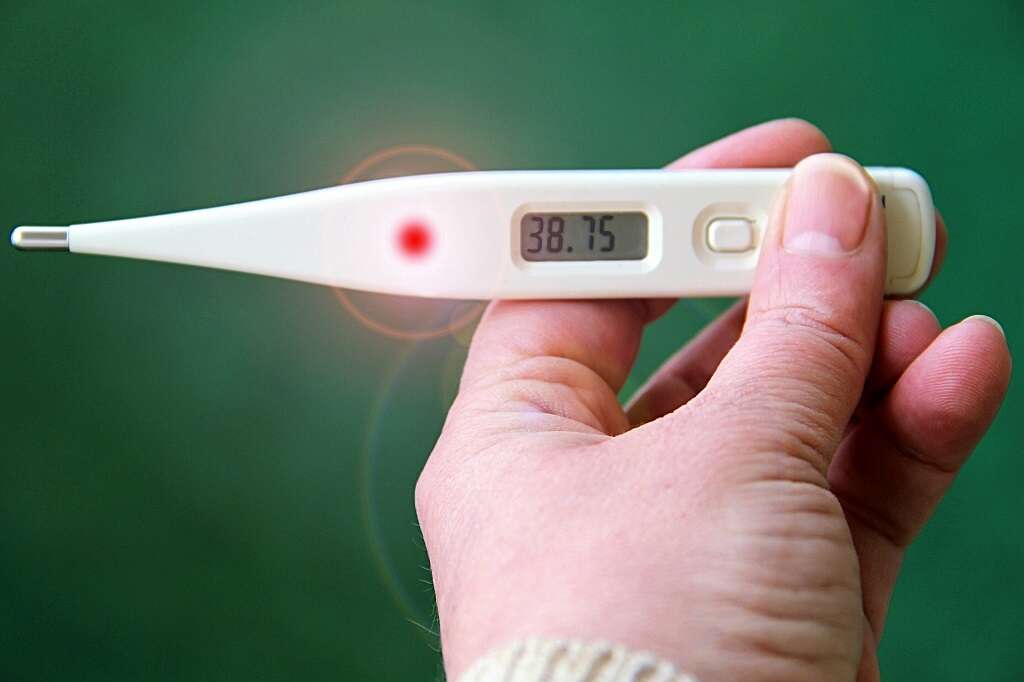
Kidney Damage
Kidney damage is possible with unmanaged swelling, and damage to the organ might not be reversible. Individuals with preexisting kidney damage might have additional problems with functioning when they're experiencing swelling. Signs of kidney failure include decreased urine output and fluid retention.
In rare cases, damage and continued swelling may lead to kidney failure, which can be fatal if immediate medical attention isn't rendered. Kidney failure is more common in people with only one kidney.
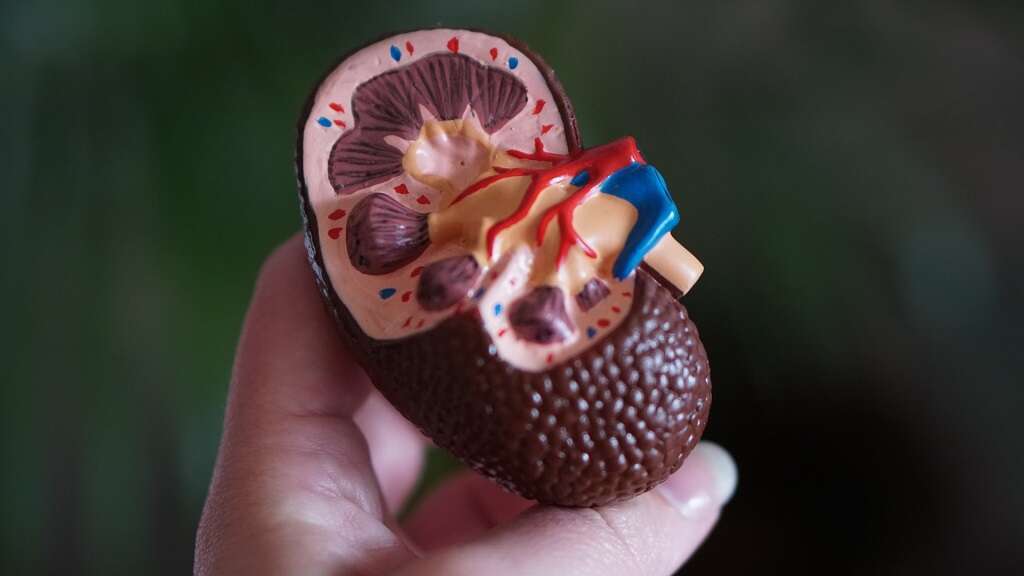
No Symptoms
Some patients with hydronephrosis, or kidney swelling, might not notice any symptoms until complications occur. Failure to seek medical attention for a swollen kidney can lead to further complications.
For example, a urinary tract infection can spread to the prostate gland in men, causing additional pain and requiring more antibiotics. Long-term complications can also include reversible kidney damage. To prevent swollen kidneys, drink plenty of liquids to keep the body well-hydrated.




